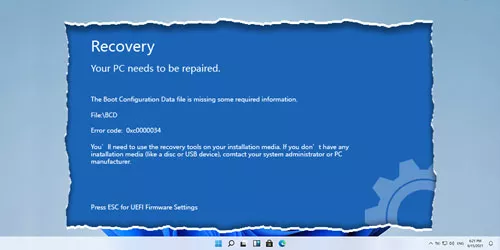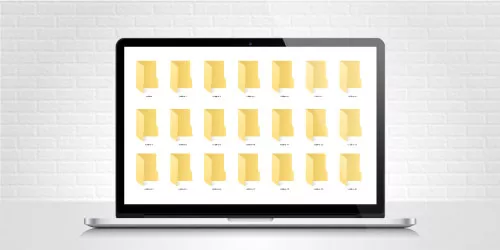How to Batch Rename Files in Windows 10 and 11?

Renaming files one by one can be a tedious task, especially when dealing with a large number of files. Thankfully, Windows 10 and 11 offer several methods to batch rename files, making the process quick and efficient. This guide will explore different ways to batch rename files, catering to varying levels of customization and technical expertise.
Way 1: Windows Explorer Built-in Batch Rename Feature
Windows Explorer offers a straightforward method to batch rename files without needing any additional software.
1. Select the Files: Press and hold the "CTRL" key while clicking on the files you want to rename. If you want to select a range of files, click the first file, hold the "SHIFT" key, and then click the last file in the range.
2. Rename the Files: Once the files are selected, press "F2" or right-click and select "Rename". (For Windows 11, press Shift and right-click.)Enter the new name for the files you selected, and all selected files will be renamed to this name with a unique number in parentheses appended. For example, if you type "demo", the last file you selected will be named "demo(1)", and the rest will be "demo(2)", "demo(3)", and so on.

3. Undo if Needed: If you’re not satisfied with the renaming, you can press "CTRL + Z" to undo the changes.
This method is suitable for quick renaming tasks without specific customization needs.
Way 2: REN Command
The REN (rename) command in Command Prompt provides a quick and efficient way to batch rename files, especially for those comfortable with command-line tools.
1. Open Command Prompt: Press "Win + R", type "cmd", and press "Enter".
2. Navigate to the Directory: Use the "cd" command to navigate to the directory containing the files you want to rename. For example, "cd D:\demo".
3. Use REN Command: Type the REN command followed by the current file name pattern and the new file name pattern. For example, ren *.txt *.bak will rename all ".txt" files to ".bak" files in the directory.
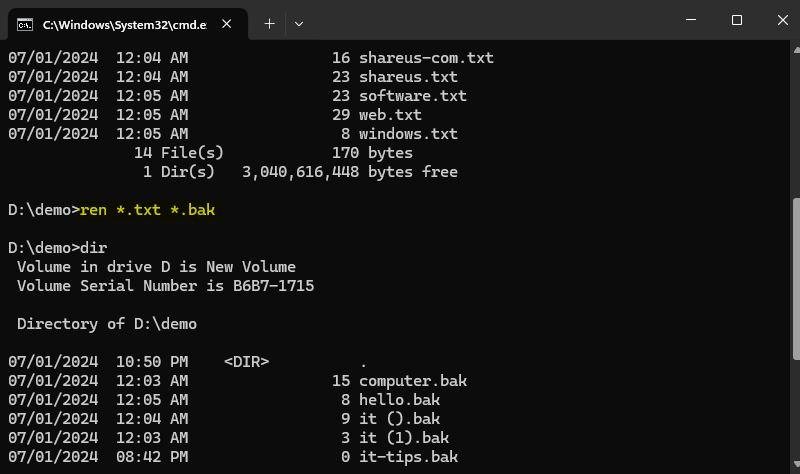
This method is ideal for users who need to perform quick renaming tasks without using additional software.
Way 3: PowerToys PowerRename
PowerToys, a Microsoft utility, includes a powerful renaming tool called PowerRename.
1. Install PowerToys: Download and install PowerToys from the official website or Microsoft Store.
2. Enable PowerRename: Confirm that PowerRename is enabled.
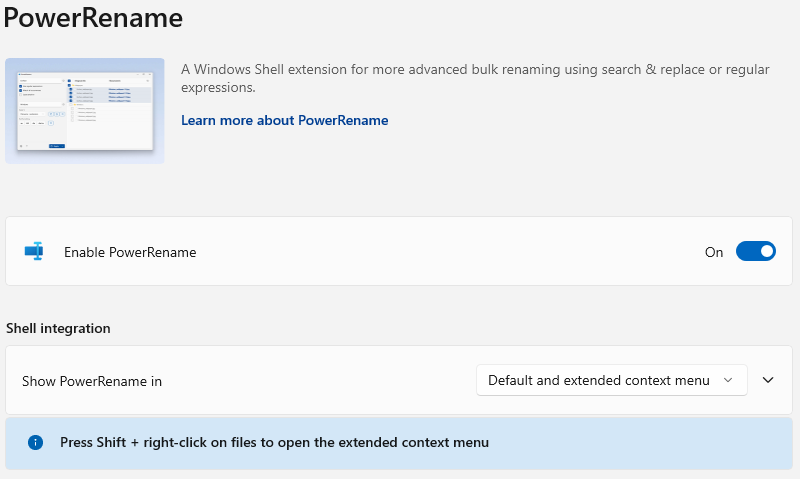
3. Select Files: Select the files you want to rename. Then, hold the "SHIFT" key and right-click on the selected files.
4. Open PowerRename: Choose "Rename with PowerRename" from the context menu.
5. Configure Rename Options: The PowerRename window will open, allowing you to use regular expressions, predefined date formats, and text formatting options like lowercase, uppercase, title case, and capitalizing each word. You can also specify whether to include the file extension in the rename and apply changes to files, folders, or subfolders.
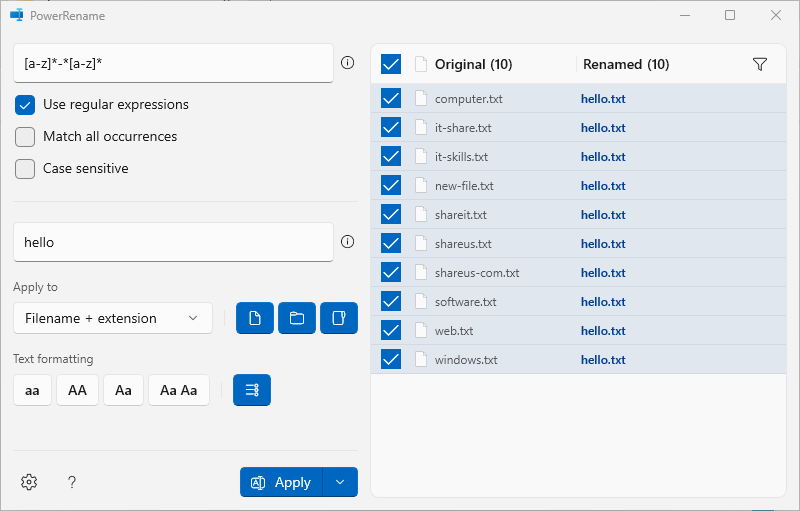
6. Preview and Rename: You can preview the changes on the right side of the window before applying them.
Example Case: Suppose you have a set of files named "IMG_001.jpg", "IMG_002.jpg", and so on. To rename them to "Vacation_2024_001.jpg", "Vacation_2024_002.jpg", etc., you can set the search pattern to "IMG_" and the replace pattern to "Vacation_2024_". This flexibility makes PowerRename a robust tool for more complex renaming needs.
Way 4: Third-Party Software
Bulk Rename Utility is a powerful tool for advanced renaming tasks.
1. Download and Install: Download Bulk Rename Utility from the official website.
2. Select Files: Open the application and select the files you want to rename.
3. Configure Rename Options: The utility offers extensive renaming options, including regular expressions, case changes, adding prefixes/suffixes, and more. You can also use predefined options like "Name", "Replace", "Case", "Remove", "Move/Copy", "Add", "Auto Date", "Append Folder Name", "Numbering", "Extension", and "Filters".
4. Apply Rename: Once you’ve configured your options, click the "Rename" button to apply the changes.
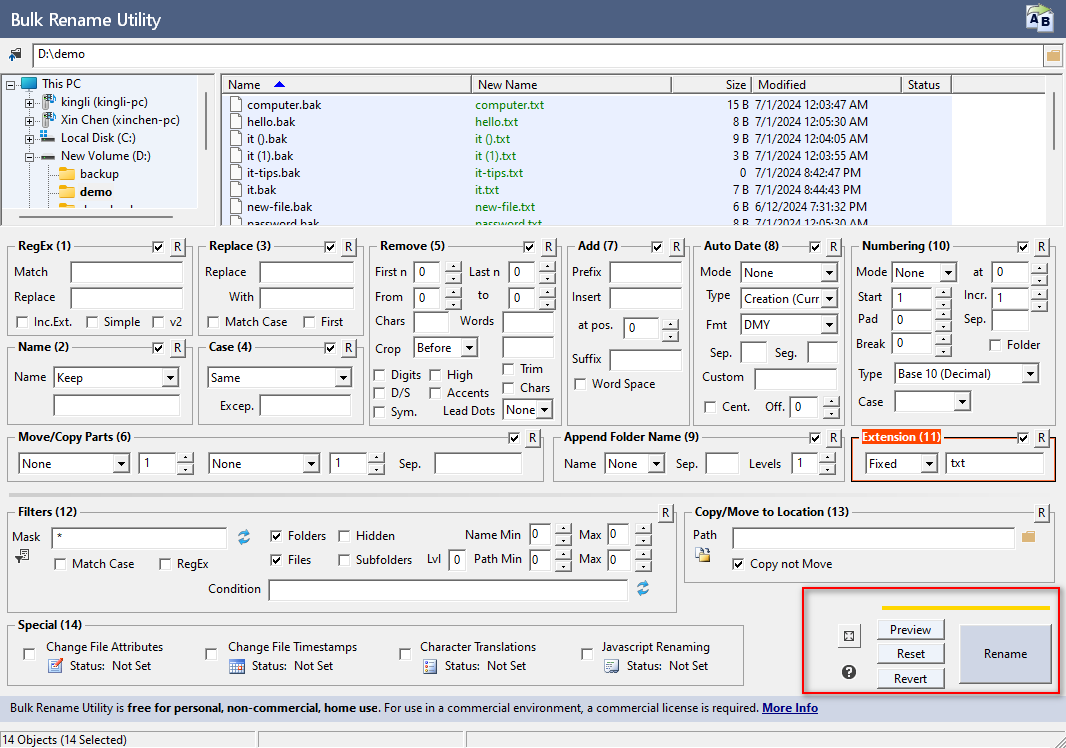
Tip: If you find the interface overwhelming, use the help button to access detailed documentation and guides.
Bulk Rename Utility is perfect for users who need a comprehensive renaming solution with a wide range of customization options.
Conclusion
Batch renaming files in Windows 10 and 11 can be done using built-in tools like Windows Explorer, command-line methods like the REN command, utilities like PowerToys, or third-party software like Bulk Rename Utility. Each method offers different levels of customization and complexity, catering to various user needs. Whether you need a quick rename or a highly customized renaming process, these tools provide efficient solutions to streamline your workflow.



